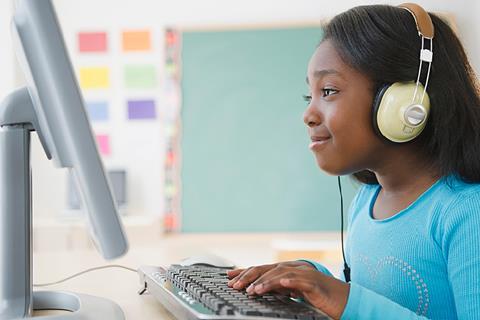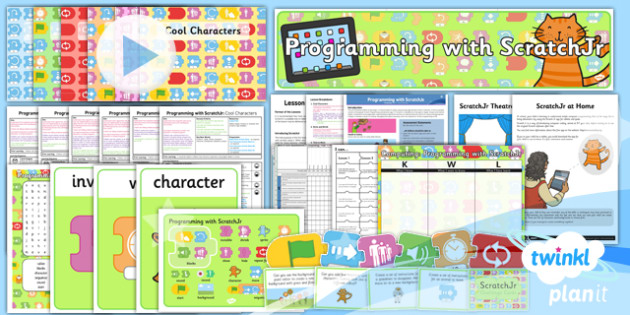Italian nurseries are famous for their playful approach to learning. They do not use textbooks or other traditional workbooks. But books can be a valuable tool for supporting language development in children, and also encouraging the love of reading. Picture books are ideal to help children develop their imagination, vocabulary and appreciation of reading. They typically feature beautiful illustrations and simple text.
Board books are books with heavy pages and robust covers that are appropriate for youngsters who are learning to use books. They can introduce children with different topics such as animals and shapes.
Nursery rhymes and songs can be an excellent method to assist your child to develop their emotional and social skills. Italian kindergartens may incorporate nursery rhymes as well as song books into their daily activities.
Books on diversity and inclusion are important for teaching young children the importance of inclusion and diversity. Books featuring characters from different backgrounds, cultures and capabilities help children to develop empathy and understanding.
Italian books on language. Italian schools can use books written in Italian to teach children about the Italian language and help them improve their language skills. They can be simple stories, picture books, and books featuring Italian nursery rhymes and songs.
It is crucial to choose books that are suitable for the ages that are engaging, interesting and relevant for the children attending kindergarten. Teachers and caregivers have the ability to make use of books to stimulate children's curiosity as well as allow them to discover different topics and subjects. Check out the most popular schede didattiche italiano sostegno for website examples.
What Math-Related Materials Are Required In Italian Nursery Schools?
Support for mathematics teaching materials is a great idea in Italian nurseries in helping young children develop their spatial, numerical and problem-solving abilities. Some examples of the support required for teaching materials in mathematics include education for teachers as well as caregivers: Teachers and caregivers might need training in how they can integrate mathematics concepts in everyday activities, and how to effectively use mathematics teaching materials.
Curriculum and lesson plans: A curriculum and lessons plans that are well-designed and incorporate mathematical concepts help children be exposed to a broad array of math concepts as well as skills.
Manipulatives & visual aids: Visual aids like charts, posters and beads can help children grasp mathematical concepts visually, and hands-on.
Technology-based aids: Technology tools, like tablets that include math games, and apps that can be educational, are able to engage and inspire youngsters. They also provide extra resources to help them to learn.
Assessment Tools: Assessment tools aid teachers and caregivers track the progress of their students and identify any areas where extra help is required.
Parents' involvement: involving parents in mathematics learning can reinforce the mathematical concepts taught in the nursery classroom and encourage the involvement of families in their learning.
It is essential to ensure that the mathematics teaching material support provided is appropriate for children of the ages of 0 to 5 years old. children. Teachers and parents can utilize these materials to develop engaging and interactive math activities that encourage children's curiosity as well as enthusiasm for learning. Read the recommended materiale didattico inglese for blog tips.

What Teaching Material In Science Is Needed In Italian Nurseries?
The use of science-based teaching material in Italian nurseries is a great method to inspire young children to explore and discover what's all around them. Here are a few examples of science teaching materials support that may be needed Plans for the curriculum and lesson A well-planned curriculum and lesson plans that incorporate scientific concepts will to ensure that students are exposed to the various concepts of science and techniques.
Manipulatives and visual aids Magnifying glasses, nature specimens and basic science kits, and visual aids such as charts and posters can help students learn about scientific concepts in a the hands-on, visual way.
Videos and books. Videos or books on subjects like weather, space, animals and plants are a great way to engage kids as well as provide extra resources.
Outdoor learning space: Gardens and playgrounds provide children with an opportunity to discover and understand the world around them.
Parental involvement: Involving the parents in science education could help reinforce concepts that are taught in the nursery. This can also increase the involvement of families.
Assessment tools: Assessment tools can aid caregivers and teachers in monitoring children's progress and identify areas where more support might be needed.
It is crucial that the materials provided for science instruction are suitable for the age of the child. These materials can be used by teachers and parents to develop fun, engaging science projects that encourage children's enthusiasm for studying and curiosity. Follow the top rated schede didattiche scienze for website advice.

What Teaching Resources For Geography Do Italian Nurseries Need?
In Italian nurseries, geography teaching tools can be utilized to teach children about the world and other cultures. These are some examples for geography teaching material that might be needed such as maps. They can help students learn about the geography and geography of various regions and nations and also the place of natural landmarks.
Globes. Globes can help your child visualize the earth's surface. They can also learn more about the continents.
Pictures and videos. Videos and pictures of various cultures, locations and individuals can teach children a lot about the world.
Books that are age-appropriate, appropriate for children featuring different cultures and locations can aid children in developing an understanding of geography and a sense curiosity about the globe.
Natural materials, like plants, shells and stones, can be used to educate children about diverse ecosystems and the different environments.
Field excursions. Field trips can be an ideal way to provide your children with real-life experiences, as well as an opportunity to educate them about geography.
It is vital to choose geography materials that are culturally and age-appropriate. These materials can help teachers and parents create exciting and enjoyable geography lessons for kids that stimulate their curiosity and enthusiasm for exploring the world.
